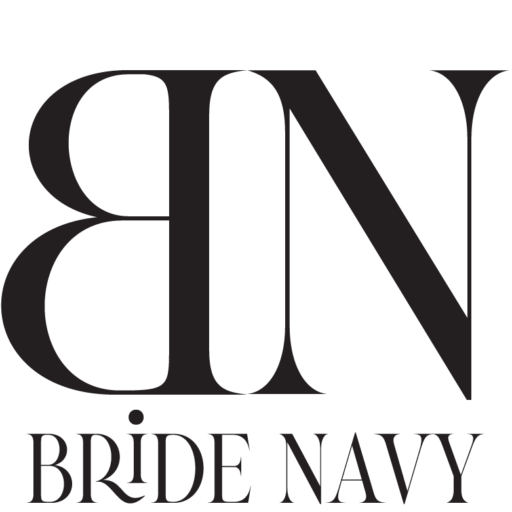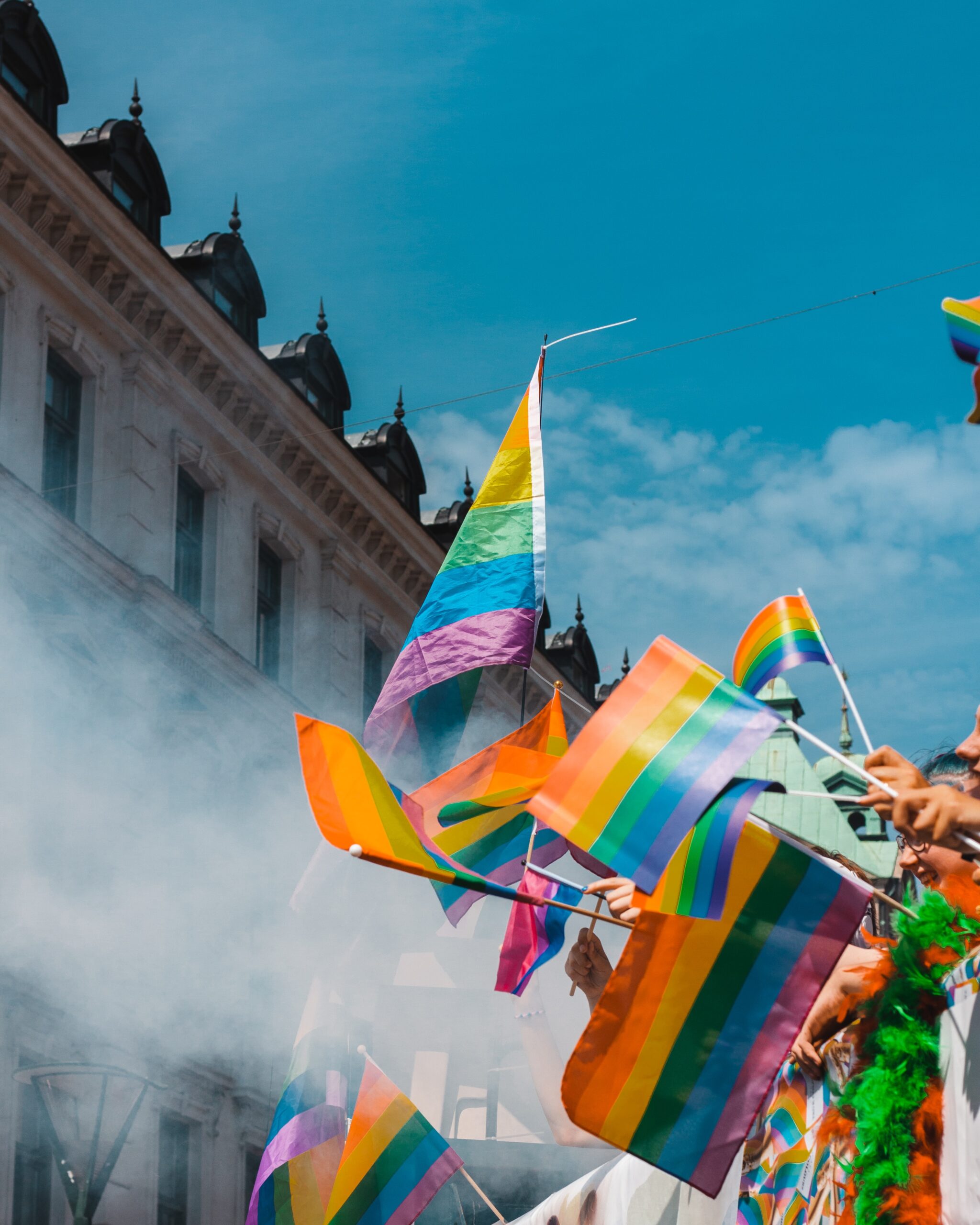
The Ultimate Guide to Planning a Gay Wedding

Introduction
Same-sex weddings have become increasingly popular and accepted in many countries around the world. Planning a gay wedding allows couples to celebrate their love and commitment in a way that reflects their unique relationship. Gay weddings often embrace inclusivity and diversity, creating a memorable celebration of love and equality.
Legal Requirements
Same-sex couples need to meet the same legal requirements for marriage as heterosexual couples, such as obtaining a marriage license and certificate. Some countries or states may have specific legal considerations for same-sex couples, such as residency requirements or additional documentation. It is important for couples to research and understand the legal requirements for their specific location to ensure a legally recognized wedding.
Choosing LGBTQ-Friendly Vendors
Many wedding vendors have embraced LGBTQ inclusivity and actively market their services as LGBTQ-friendly. Online directories and resources are available to help couples find LGBTQ-friendly vendors, such as photographers, caterers, and wedding planners. Reading reviews and testimonials from other LGBTQ couples can provide insight into vendors’ experiences and level of inclusivity. Meeting with potential vendors and discussing their approach to LGBTQ weddings can help couples find the right fit for their wedding. Personal recommendations from the LGBTQ community or LGBTQ organizations can also help identify supportive vendors.

Ceremony Ideas
There are countless ways to create a memorable and unique gay wedding ceremony that reflects the couple’s identity and love story. Some couples choose to incorporate LGBTQ-specific rituals or traditions, such as the breaking of the glass or the tying of the knot. Personalizing vows and readings that resonate with the couple’s journey and shared values can add a meaningful touch to the ceremony. Including LGBTQ pride symbols, such as rainbow colors or the LGBTQ pride flag, in the ceremony decor can add a festive and celebratory atmosphere. Collaborating with an LGBTQ-friendly wedding officiant who understands and respects the couple’s vision can help create a meaningful and inclusive ceremony.
Dealing with Negative Reactions
It is unfortunate that some friends and family members may have negative reactions to a gay wedding, but it is important to prioritize the couple’s happiness and love. Building a support system of friends, family, and LGBTQ organizations can provide emotional support during challenging times. Consider educating those who have negative reactions by sharing personal stories, providing resources, or inviting them to LGBTQ events to foster understanding and acceptance. If necessary, seeking professional help from therapists or counselors who specialize in LGBTQ issues can provide guidance and support. Remember that the couple’s love and commitment should be celebrated, and surrounding themselves with accepting and supportive individuals can make the wedding day more enjoyable.
Etiquette for Gay Weddings
While many traditional wedding etiquette rules apply to gay weddings, there are some unique considerations to keep in mind. Addressing invitations should be done using the couple’s preferred titles and names, respecting their chosen identities. Introductions should be made with sensitivity and respect, taking into account the couple’s preferred pronouns and identities. Seating arrangements at the ceremony and reception can be flexible to accommodate diverse family structures and relationships. It is important to be mindful of language and avoid assumptions about gender roles or expectations when discussing wedding plans or addressing guests.
Incorporating LGBTQ Pride
Adding LGBTQ pride elements to the wedding can be a powerful way to celebrate the couple’s identity and support the LGBTQ community. Decorations featuring rainbow colors, LGBTQ pride flags, or symbols of LGBTQ activism can create a festive and inclusive atmosphere. Including LGBTQ pride-themed favors, such as rainbow-themed items or donations to LGBTQ organizations, can serve as meaningful tokens of appreciation for guests. Wearing attire that incorporates LGBTQ pride colors or symbols can be a powerful way for the couple and wedding party to express their identity and support for LGBTQ rights. Collaborating with LGBTQ-owned businesses or LGBTQ artists can add an authentic and meaningful touch to the wedding’s LGBTQ pride elements.
Inclusive Atmosphere
Creating an inclusive and welcoming atmosphere is essential for ensuring that all guests feel comfortable and respected at a gay wedding. Including gender-neutral restrooms or providing options for guests to indicate their preferred pronouns on name tags or seating cards can promote inclusivity. Considering diverse dietary restrictions and preferences when planning the menu can ensure all guests can enjoy the wedding meal. Offering a variety of music genres that appeal to a diverse audience can encourage everyone to join in the celebration. Having a designated point of contact, such as a wedding coordinator or trusted friend, can help address any concerns or issues that arise during the event.
Legal Rights and Protections
Marriage equality has granted same-sex couples legal rights and protections in many countries, including inheritance rights, healthcare decision-making, and tax benefits. It is important for couples to understand the legal implications of marriage and seek legal advice if needed, such as creating wills or updating legal documents. Knowing their rights can empower couples to make informed decisions and navigate any legal challenges that may arise during the wedding planning process.
LGBTQ Wedding Traditions
The LGBTQ community has developed unique wedding traditions that reflect their history, struggles, and triumphs. Some popular LGBTQ wedding traditions include hand-fasting ceremonies, unity candle ceremonies, or the exchange of rainbow-themed rings. These traditions serve as symbols of love, commitment, and solidarity within the LGBTQ community. Exploring and incorporating these traditions can add depth and meaning to a gay wedding ceremony.
Planning a Destination Wedding

Destination weddings offer couples the opportunity to celebrate their love in a unique and memorable location. When planning a destination gay wedding, it is important to research the legal requirements and marriage regulations of the chosen destination. Considerations such as travel logistics, local LGBTQ laws, and cultural sensitivities should be taken into account to ensure a smooth and enjoyable wedding experience. Collaborating with local wedding planners or LGBTQ organizations in the destination can provide valuable insights and assistance in navigating the planning process. Informing guests well in advance and providing them with information and resources about the destination can help them prepare and make travel arrangements.
Sorry, the comment form is closed at this time.






Pingback: Love Unveiled: A Captivating Journey of Romance and Enduring Partnership - BrideNavy
Pingback: Jamilla & Que: A Captivating Journey of Romance and Enduring Partnership - BrideNavy